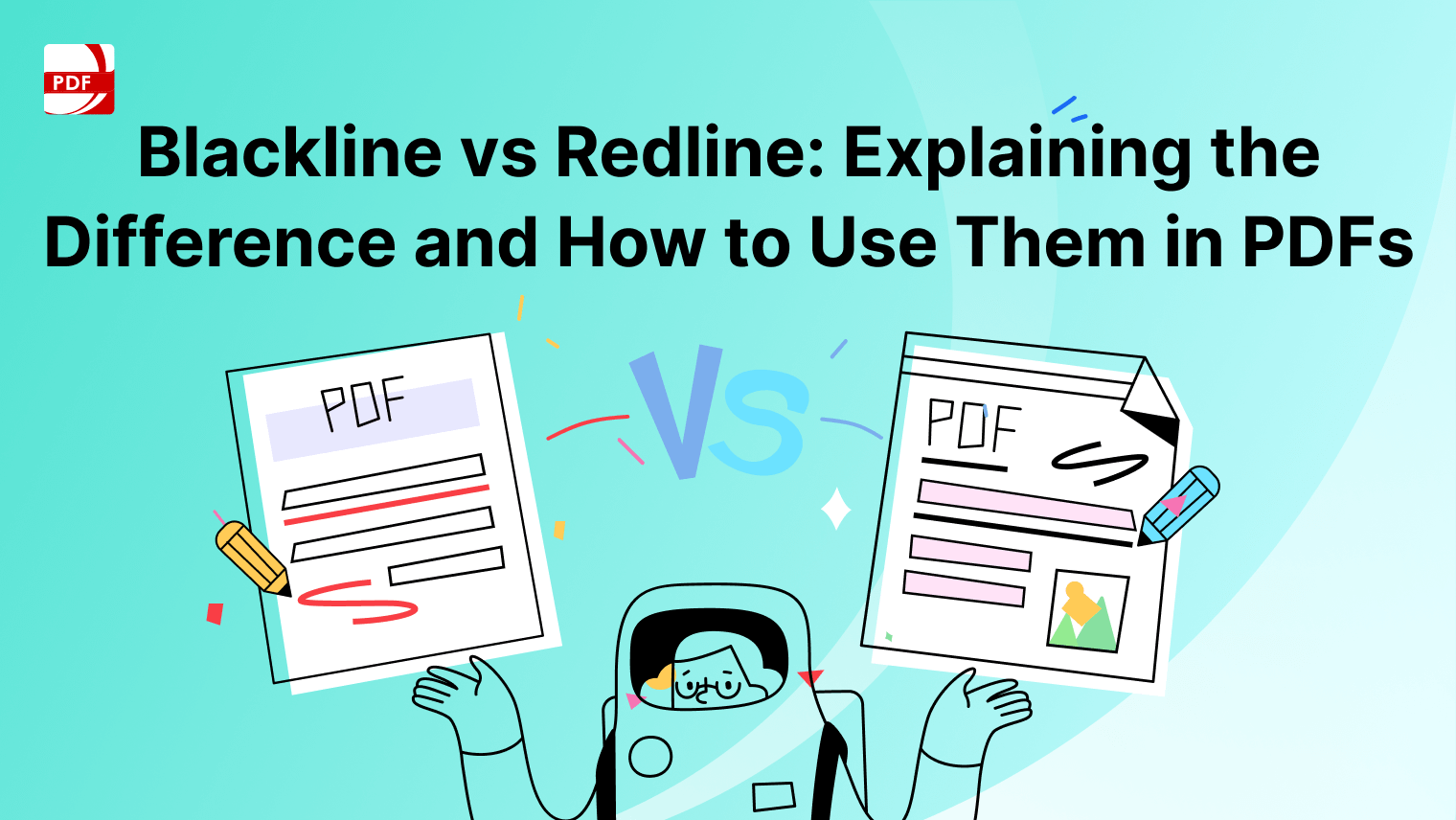The adoption of e-signatures has transformed how businesses manage documentation, streamlining processes while offering significant cost, time, and environmental benefits.
What was once a niche technology has now become essential for industries ranging from finance to healthcare. As more organizations embrace digital transformation, understanding the data behind e-signature usage is crucial.
In this blog, we explore key statistics that reflect the current trends, the remarkable growth of e-signatures, and future projections.
These insights will provide a clearer understanding of how e-signatures are reshaping the way we conduct business in an increasingly digital world.
Global E-Signature Market Growth
When it comes to market growth in the e-signature realm, there is significant revenue reported with more projected in the coming decade.
- The global e-signature market was valued at $4.4 billion in 2023 and is expected to grow to $12.1 billion by 2030 according to P&S Intelligence.
- Furthermore, fast-growing markets like the Asia-Pacific region are expected to witness the highest CAGR of 30% from 2022 to 2030.
- The compound annual growth rate (CAGR) of the e-signature market from 2023 to 2030 is projected to be 27%.
The rapid shift toward digital solutions post-pandemic further accelerated this market expansion, with businesses worldwide recognizing the cost-saving and efficiency benefits of using e-signatures.
As the global economy continues to move toward greater digital integration, the e-signature market is expected to maintain robust growth across various industries and regions.
Adoption and Usage
The surge in adoption of e-signatures is largely due to factors such as the rise in remote work, the expansion of cloud-based solutions, and the need for regulatory compliance across sectors.
- Since the COVID-19 pandemic, e-signature adoption has increased by 50%, with 69% of users planning to continue using it post-pandemic, stated a study by DocuSign.
- Currently, 72% of organizations across North America, Europe, and APAC use a mix of paper and digital documents.
- Despite this, they also found that 62% of sales departments have transitioned to fully digital documentation processes, creating a steady projection of growth.
The adoption and usage of e-signatures have surged dramatically in recent years, driven by the increasing shift toward digitalization across industries.
- 83% of adopters believe e-signatures provide higher security compared to traditional signatures, showing the level of trust businesses place on e-signature apps.
- What's more, 60% of businesses that use e-signatures have completely eliminated paper from their workflow.
E-signatures are no longer limited to tech-forward organizations but are being widely adopted across sectors like finance, healthcare, real estate, and government services.
The use of e-signatures allows for faster, more secure document processing, eliminating the need for physical paperwork and in-person signatures.
Legal and Security
These statistics underscore the importance of strong security protocols to ensure the safety and legality of electronic signatures in various industries.
E-signature fraud is a significant concern for financial institutions, particularly in broker-dealer firms, where representatives were found forging client signatures in securities transactions, leading to financial losses and regulatory penalties.
- According to a study conducted by DocuSign, 83% of e-signature users believe it is more secure than traditional signatures.
- 71% of non-users believe that digital signatures are more secure than manual ones.
- 37% of businesses are hesitant to adopt e-signatures due to concerns about customer unwillingness.
Digital documents signed electronically can be vulnerable to cyberattacks. In some cases, hackers can manipulate or alter the documents if robust security measures like encryption and digital certificates are not implemented.
- 36% have security and compliance concerns with adopting e-signature technologies.
- 33% of non-adopters have concerns about the legality of e-signatures.
To counter impersonation and document tampering, many e-signature platforms have adopted two-factor authentication (2FA), which is now considered a crucial security measure for ensuring that the person signing a document is the actual individual authorized to do so.
Industries such as finance, healthcare, and government are increasingly implementing e-signature solutions to streamline processes and enhance security.
See more statistics about e-signature here.
Efficiency and Cost Savings
When it comes to efficiency and cost savings, there are many ways that e-signatures can improve your bottom line in unexpected ways.
- A study on business users by DocuSign found that e-signatures manage to save $28 per signed agreement.
- They also discovered a 26% cost savings associated with e-signature adoption by businesses.
- Additionally, businesses using e-signatures can save up to 80% on processing times, according to P&S Intelligence.
The efficiency and cost savings associated with e-signatures are compelling reasons for their rapid adoption among businesses.
Organizations that implement e-signature solutions experience significant reductions in the time and resources spent on document management.
Environmental Impact
The growing awareness of the environmental impact of traditional paper-based documentation has also played a significant role in boosting demand.
- According to the European business review, E-signatures reduce paper consumption by approximately 80%, helping to conserve forests and reduce deforestation. This directly impacts the reduction of carbon emissions associated with paper production and transportation.
- By digitizing document signing, e-signatures can help companies reduce their carbon footprint significantly. For example, it’s estimated that businesses can reduce carbon emissions by around 30-50% by avoiding the physical transport of documents for signing, states a report by Nitro PDF.
- Switching to e-signatures has prevented 4.7 billion pounds of CO2 from being emitted, significantly reducing the carbon footprint of organizations using these services.
Overall, the environmental impact of favouring e-signatures over physical ones has been very positive, making it a viable option for companies hoping to combat their carbon emissions.
Company-Specific Statistics
Let us break it down to the simplest statistics about which companies are the ones to watch in the PDF industry space.
- DocuSign dominates the market with a 67.61% market share with 15,136 companies using the platform.
- Adobe Sign holds 5.25% of the global e-signature market – a small amount for its global popularity.
- Slightly less-known, the PDF company Nitro has a 4.71% market share in e-signature software for PDF document signing.
- By 2030, over 80% of all businesses are projected to use e-signature technology for legal and business transactions.
These statistics demonstrate the rapid growth and critical role of e-signature technology in today's business world, showcasing its efficiency, cost savings, and security advantages.
Frequently Asked Questions
Do you still have some questions for our team about global trends in e-signature statistics? Have a look at the questions and answers we have compiled for you below.
1. What is the current growth rate of the e-signature market?
The global e-signature market has experienced significant growth, with a compound annual growth rate (CAGR) projected to be around 28.77% from 2022 to 2030. The demand for secure and efficient digital processes has driven adoption across industries such as finance, healthcare, and legal sectors.
2. How do e-signatures impact business efficiency?
E-signatures can reduce document turnaround times by 80%, enabling businesses to finalize contracts and agreements faster. By eliminating manual signatures and paperwork, companies can save significant time and improve workflow efficiency. Furthermore, organizations report a reduction of 85% in document errors through digital signature automation.
3. What are the environmental benefits of using e-signatures?
E-signatures help organizations reduce their carbon footprint by minimizing paper usage. Research shows that digital signatures can help save up to 2.5 billion pounds of paper annually worldwide, leading to significant reductions in waste and energy consumption associated with paper production and disposal.
4. How secure are e-signatures compared to traditional signatures?
E-signatures are highly secure and often more reliable than traditional handwritten signatures. They utilize encryption and digital authentication methods, such as timestamps and audit trails, to ensure document integrity. This level of security makes it easier to verify authenticity and detect tampering, which is not always possible with paper-based signatures.
5. What industries are driving the adoption of e-signatures?
Financial services, healthcare, and legal sectors are the leading industries driving the widespread adoption of e-signatures. These industries value the security, compliance, and efficiency that e-signatures offer, especially for handling sensitive information and adhering to regulatory standards.
Sources


